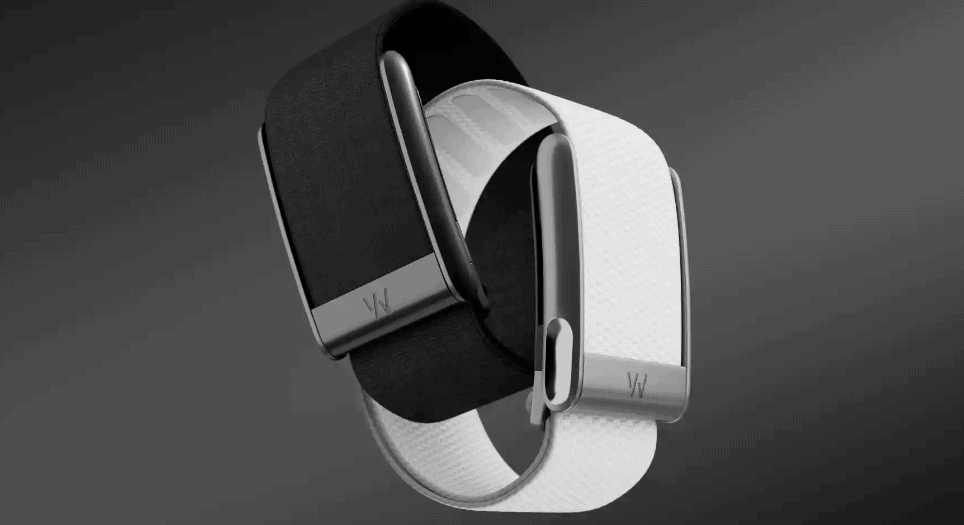CMS just wrapped its Make Health Tech Great Again event at the White House, and it unveiled an ambitious new strategy to modernize how healthcare data is exchanged.
This time is different. We’ve heard similar promises before, but the administration plans to “stop theoretical debates and start delivering real results” by taking a two-pronged approach.
- The first priority is establishing a CMS Interoperability Framework to enable seamless information exchange between patients and providers.
- The second step is building a Health Tech Ecosystem to improve access to personalized tools so that patients have the resources they need to make better health decisions.
The CMS Interoperability Framework includes voluntary criteria for data sharing across different network types – health information exchanges, EHRs, and tech platforms.
- The blueprint covers everything from patient and provider access to transparency and security, complete with implementation guidelines co-developed with the early adopters. It’s completely aligned with TEFCA, which CMS is still participating in.
- Over 20 networks pledged to meet the criteria to become CMS Aligned Networks, such as delivering data through FHIR APIs, updating the national provider directory, and providing metrics on network queries for patient records.
The Health Tech Ecosystem is a “standards-based digital health environment” that will integrate apps, EHRs, and care delivery organizations with the new CMS Aligned Networks.
- The ecosystem will leverage these integrations to develop new solutions for: (1) managing diabetes and obesity, (2) conversational AI to help check symptoms and navigate care, (3) “killing the clipboard” by replacing paper forms with digital solutions.
- Over 30 companies and 11 major health systems signed on to “deliver results for the American people” by the first quarter of 2026, and the full roster includes some of the biggest names in healthcare.
The Takeaway
We apparently won’t have to wait long for the CMS Interoperability Framework and Health Tech Ecosystem to deliver results, although what those deliverables will look like remains to be seen.









